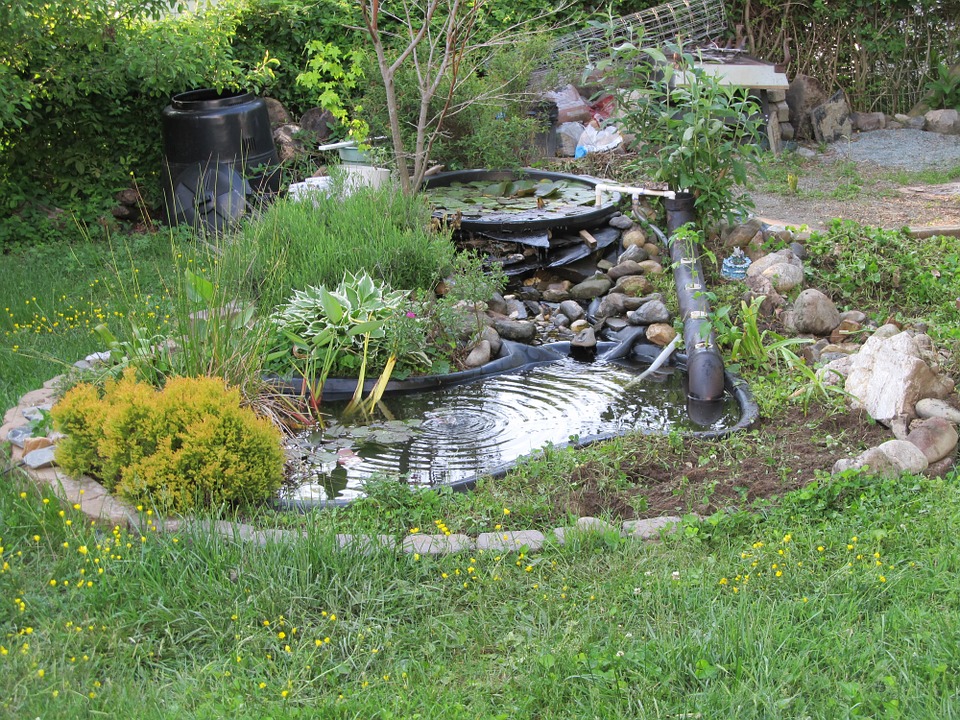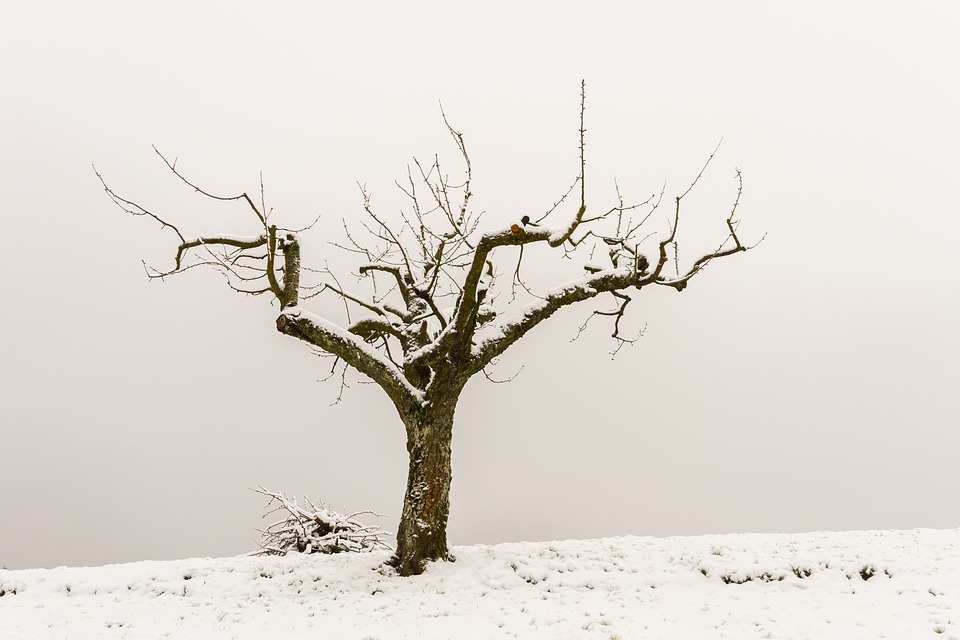Are you wondering how to start a garden? These 10 easy and expert gardening tips will help you realize the dream of your little paradise.
1. Locate your site
1.1 Follow the sun
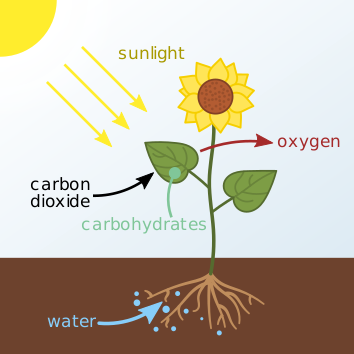
Starting a garden and becoming successful has greatly to do with setting your garden at the right place. Place your garden in a place where it will get regular sunlight. That way, your plant will photosynthesize more easily. Most edible plants, including vegetables, herbs, and fruits require at least six hours of sunlight in order to grow. Locate such a place that you can often see for your own pleasure; it should be an easily accessible place as well.
1.2 Stay near water is easily accessible
Apart from sunlight, your plants need water too. In case it often rains in your area, you are lucky as plants grow better with rainwater because the uptake of nutrients is much better than with tap water. Now, for those of you who don’t live in a place where it usually rains, there is still a good way to help your plants intake nutrients through water.
Plan your garden near a water source. Make sure you can run a hose to your garden site, so you can easily water your plants when they get thirsty.
1.3 How to know if your garden needs watering?
One small trick here is to push your finger an inch down into the soil. If the soil is dry, you can start watering.
2. Good soil is the key to success
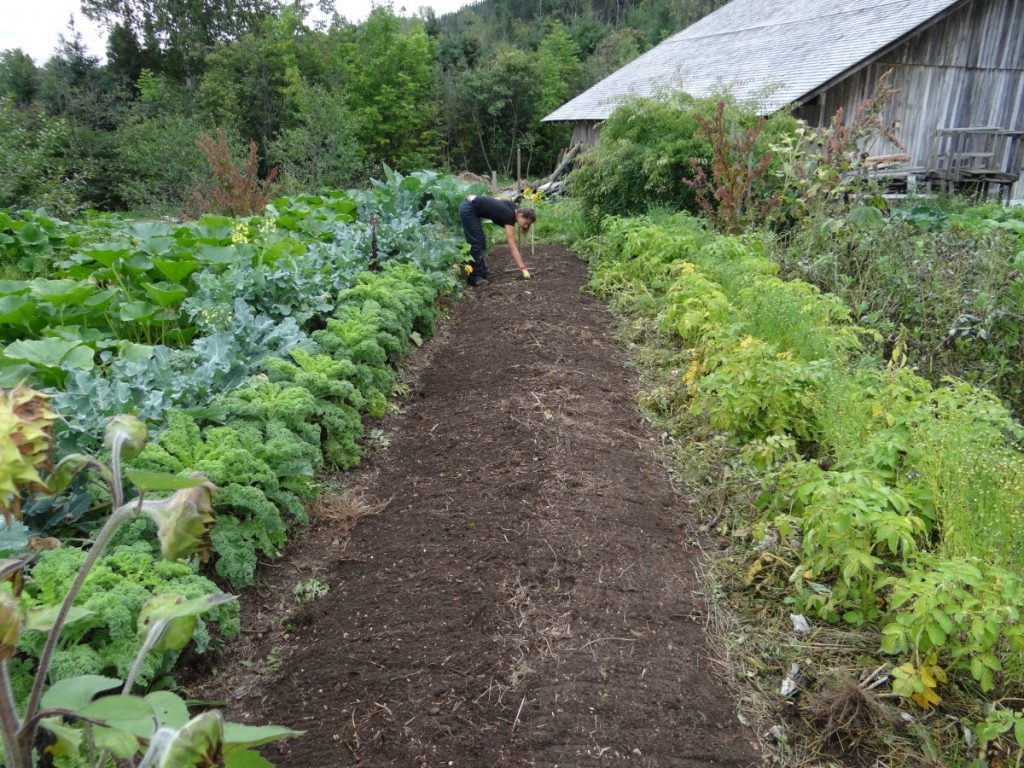
When you are starting a garden, one good advice is to invest in soil that is nutrient-rich and well-drained. You will achieve this by combining 3 inches of All Purpose Garden Soil into the top 6 to 8 inches of existing soil in the ground. If you’re planting in a raised bed, use Raised Bed Soil, which is the perfect weight and texture for raised bed growing.
3. Consider plant pots
Use containers when you have limited space. Many plants don’t need a large space and they can grow happily in small to medium pots. These plants include vegetables, herbs, flowers, fruit trees, berries, and shrubs. When gardening in containers, use a pot that will adapt with the size of the plant that you are growing, and fill it with Moisture Control Potting Mix. It is specially formulated to help plants in pots grow, and it also helps protect against over or under watering.
4. Choose the right plants for your climate
Match your plants with growing conditions. Don’t put sun-loving plants into a shadow spot, choose heat-tolerant plants if you live in a warm climate, and give vines like melons and pumpkins ample room to climb. You can also install a Net Climbing Frame on the wall to help them climb easily. Pick varieties that will grow easily in the place where you live and in the amount of space that you have. To be successful when growing veggies and herbs, you should start with robust young plants instead of trying to grow from seed where the chances are even less for beginners.
5. Learn your frost dates
Planting too early or too late in the season can be disastrous for your garden. Find out on the last average spring frost date for your area so you don’t kill your plants by putting them out too early. You can also find out on your first average fall frost date so that you get your plants moved indoors before cold during the late-season damages them.
6. Apply a layer of mulch
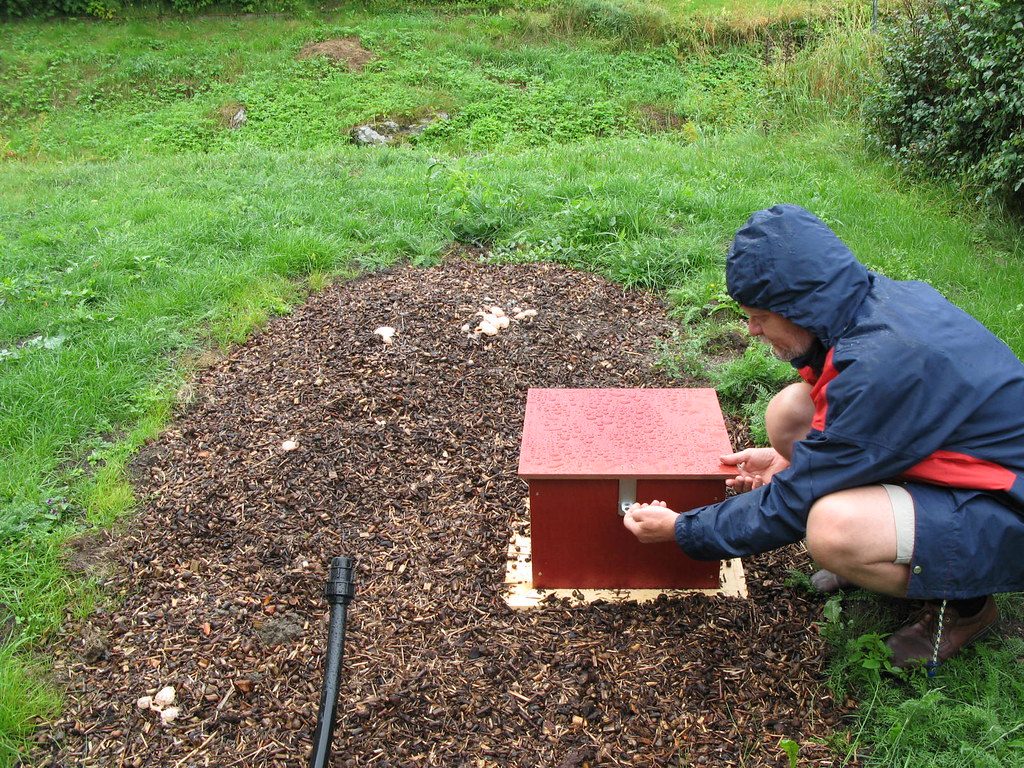
Put some mulch that’s 2 to 3 inches deep inside the ground around each plant. This will prevent weeds from growing by blocking out sunlight around the plant. In case you have a busy schedule, you will benefit from having to water less as the mulch reduces moisture loss through evaporation. For a polished look, you can also put down a layer of bagged mulch. Or, you can put down straw or shredded leaves or some locally available material.
7. Feed plants regularly with organic plant food
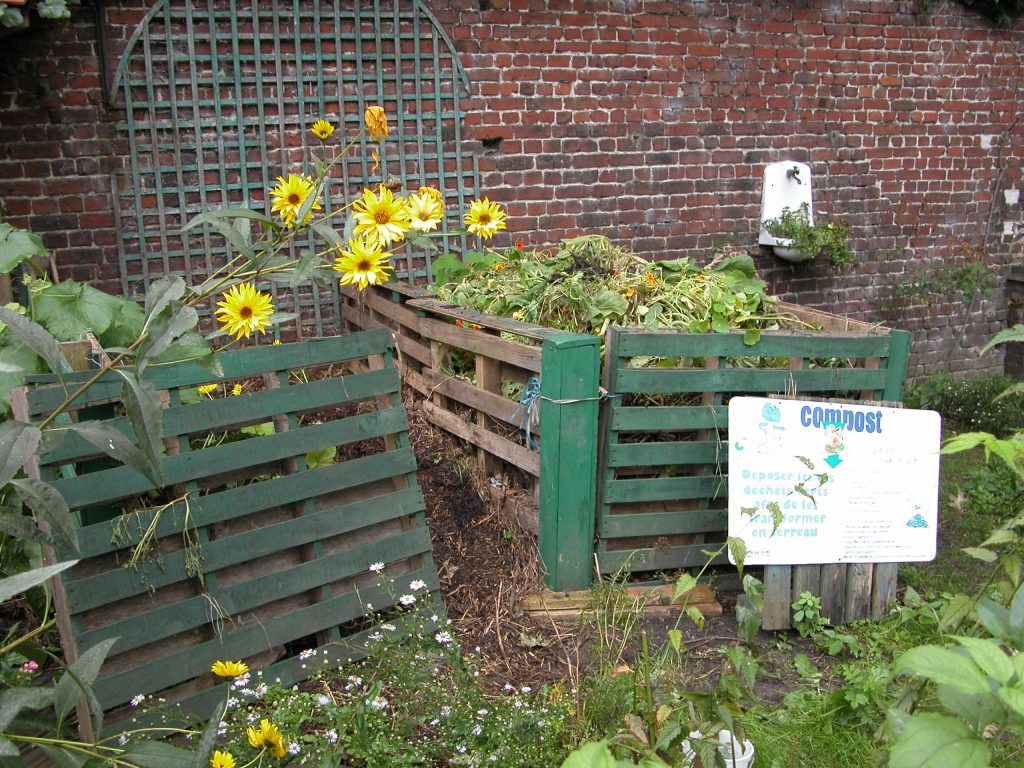
Organic plant food consist or nearly any organic material from natural sources including fish emulsion, bone meal, and manure. Simply put, organic plant food means it does not come from a laboratory but from plant or animal source. Your soil will work best and your plants will grow quicker and happier with organic liquid nutrition. All in all, an amazing soil and good quality plant food will raise your dream garden! So, after one month of planting, begin feeding your garden with organic plant food that works well.
8. Cautious with the dosage!
You will need to mix 1 tablespoon of the solution with 1 gallon of water in a watering can. Be sure to follow label directions. Never add more solution than indicated as it may burn the roots of your plants and cause them to die quickly or slowly.
One last word of advice: Stock up your gardening tools at one place and in a neat way to facilitate your gardening activity.
I hope the above helps you in your garden. Happy gardening!
